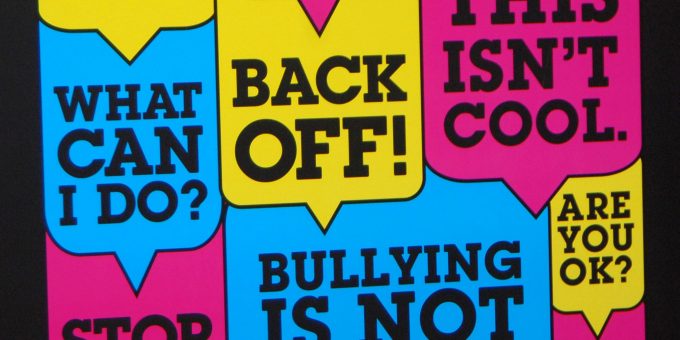
Image via Maryland GovPics, https://flic.kr/p/atCRLM
Behind Bullying
Research recently published in Gender & Society examines homophobic bullying among American high school students, finding that gender expression, rather than sexuality, may be the targeted characteristic.
Analyzing survey data from U.S. public high schools with a nearly 150,000-student sample size, Joel Mittleman further finds that the relationships between gender expression and bullying victimization are dramatically different for boys and girls. For boys, higher rates of “feminine” behavior appeared to account for most of the bullying they experienced, regardless of whether they were, as stipulated in the article, LGBQ or straight. Boys who reported being seen as “very feminine” were 3.5 times more likely to be picked on than boys who reported they were “very masculine.” Among sexual minority boys, being more “manly” was relatively protective against bullying. For girls, however, dressing, walking, and talking in gender-nonconforming ways were not the main explanation for their experiences of bullying. Rather, sexual minority girls faced a double-bind in a culture that values modesty: they were policed not only for expressing same-sex desires but also for expressing agentic sexual desire in the first place.Exploring patterns within the murky boundaries between sex, sexuality, and gender has become essential to developing better policies to discourage bullying and offer appropriate help to victims. Mittleman’s study provides population-based support and surprises for existing social scientific insights: bullies do not simply police sexuality as a means to enacting homophobia, they also punish counter-normative forms of doing gender. It is yet another reminder that we must look beyond conventional wisdom when attempting to diagnose (and, consequently, treat) social problems, as other root causes may be hiding in plain sight.
